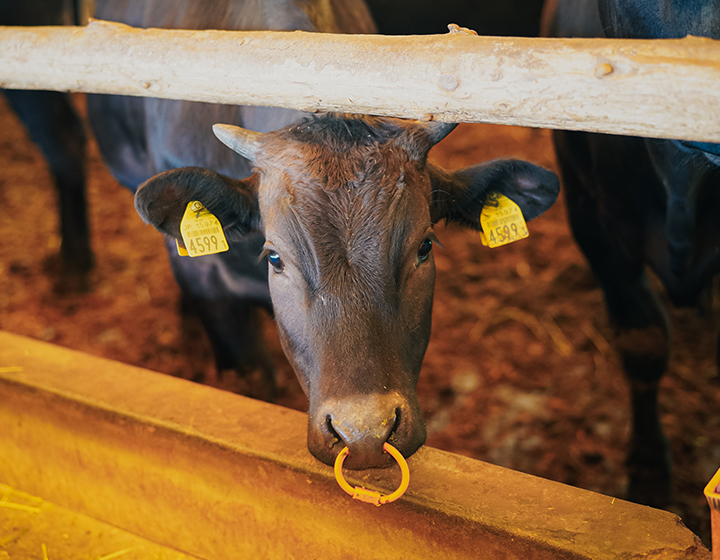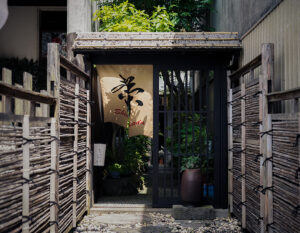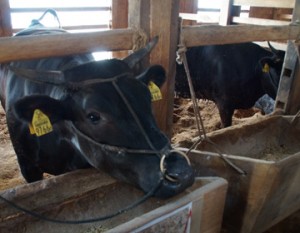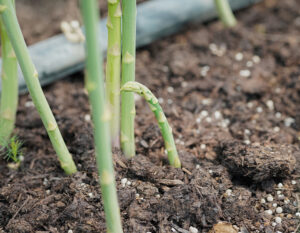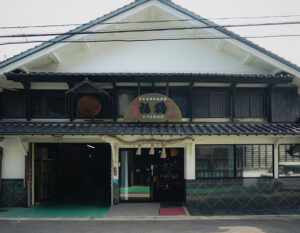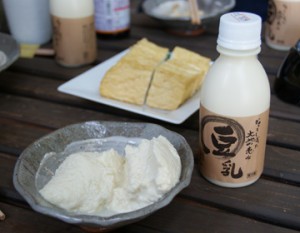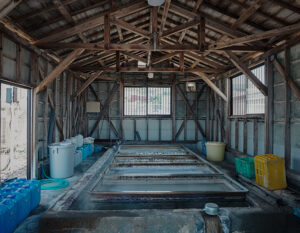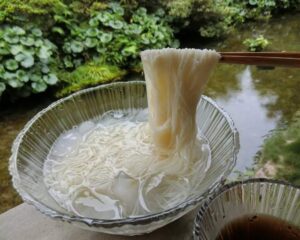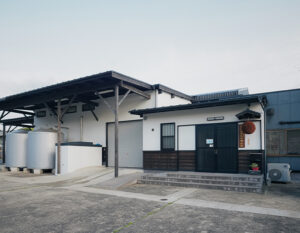Iki Beef” is also known as a rare and rare beef because of its taste and rarity. Born in the blessed natural environment of Iki Island, a small island in the Sea of Genkai, and raised on grass rich in minerals from the sea, the beef is tender, rich, and crisp. The tour will unravel the history of Wagyu beef in Iki, which has a history dating back to the Yayoi period, and visit Umeshima Farm, a fattening farm that raises high-quality Iki beef.
What is Iki Island, which raises fantastic and famous beef?
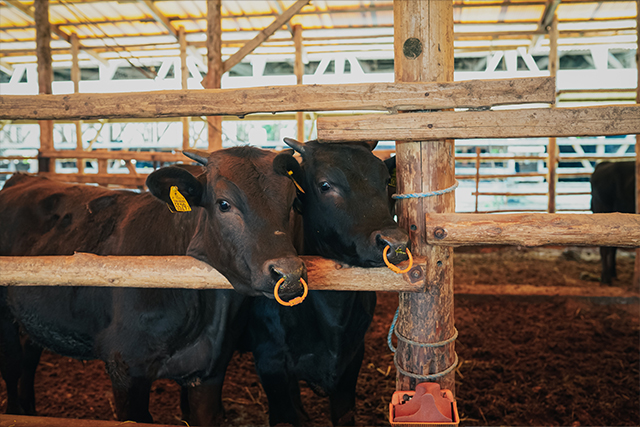
Iki Island is a small island in the Genkai Sea in Kyushu, 17 km from north to south and 14 km from east to west. The island’s mild climate and rich natural environment have allowed an agricultural culture to flourish since ancient times, and its proximity to the Chinese mainland and the Korean peninsula has made it a prosperous center for cultural exchange. The island has been closely associated with the gods since ancient times, as evidenced by its appearance in Japan’s oldest historical book, Kojiki, as “Amenohitotsubashira,” which serves as a transportation route between heaven and earth.
The roots of Wagyu come from Nagasaki! History of Iki Island and Wagyu
The history of cattle breeding on Iki Island is long. Iki, which was a base for continental exchange, gathered various cultures via the Korean Peninsula, and it is thought that the ancestors of Iki beef also came to the island at that time. The bones of domestic cattle have been excavated from the “Hara no Tsuji Ruins,” which tells the history of Iki in the Yayoi period, and furthermore, in the illustrated “Surugi Eshi” of the Kamakura period about domestic cattle, they appear as “Surugi” pulling an ox cart. In the “Ten Illustrations of National Cattle,” also from the Kamakura period, it is praised as “nothing is superior to Tsukushi cattle (Iki cattle),” and there is a description that it was used as food by the Yuan army during the time of the Yuan invasion.
From Service Cattle to Food Cattle
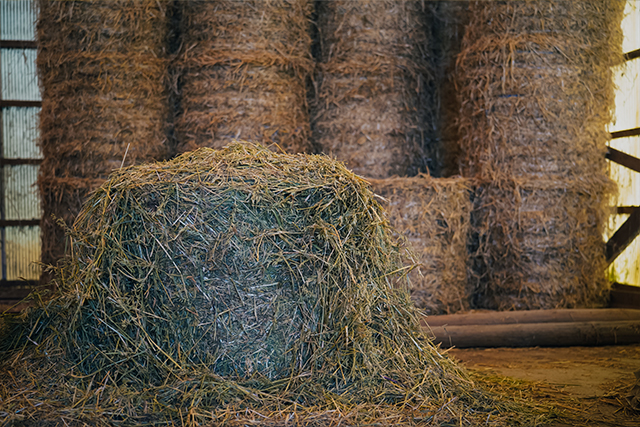
Iki’s Wagyu cattle were mainly used as service cattle for transportation, taking advantage of their well-proportioned physique. The reason why the breed has been handed down from the Yayoi period to the present through the mechanization of agriculture is because of the quality of its meat. Iki is an island where rice cultivation has long flourished. The island is small enough to drive around in less than two hours, and has the second largest “Fukae Tabaru Plain” in Nagasaki Prefecture, where rice cultivation has thrived since ancient times, taking advantage of the fertile soil, mild climate, and abundant water. It is said that “Iki cattle” began when they were used as oxen to pull ox carts for agricultural work, etc. The bones of domestic cattle have been excavated from ruins from the Yayoi period on the island, suggesting that cattle meat was already being consumed at that time. It is said that the reason why cattle continued to remain on Iki Island even after agricultural machinery evolved and cattle power was no longer needed was because the meat quality of cattle, which lived on grass containing many minerals unique to an island surrounded by the sea, was excellent as food cattle.
What is Iki beef?
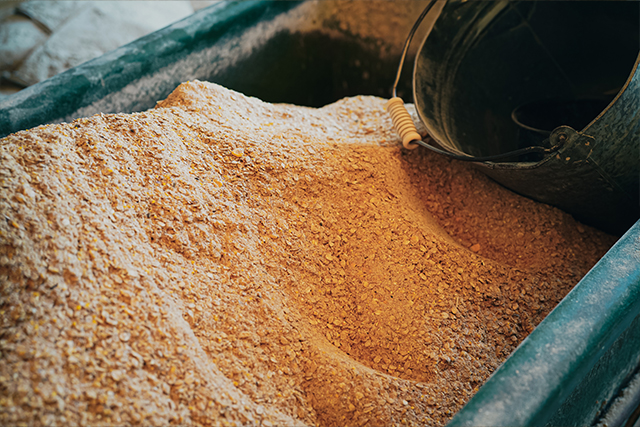
Currently, about 13,000 head of cattle are raised in Iki, including bred cattle of all types, but only 900 head of Iki beef can be shipped out each year. The reason for the small number of cattle shipped is that there are strict regulations for raising Iki beef. There are four regulations. It must be black Japanese beef born and raised on Iki Island. It must be raised by a member of the Iki City Agricultural Cooperative Association’s fattening section. The cattle must be fed our original formula feed “Ichishikoku”. The meat quality grade must be 3rd grade or higher. If these conditions are not met, the beef is not recognized as Iki beef. The fat of Iki beef has a low melting point and is rich and sharp, while the lean meat is rich in flavor and tender. Its deliciousness and rarity increase the value of Iki beef.
In fact, it is a hidden production area of calves for fattening famous brand beef.
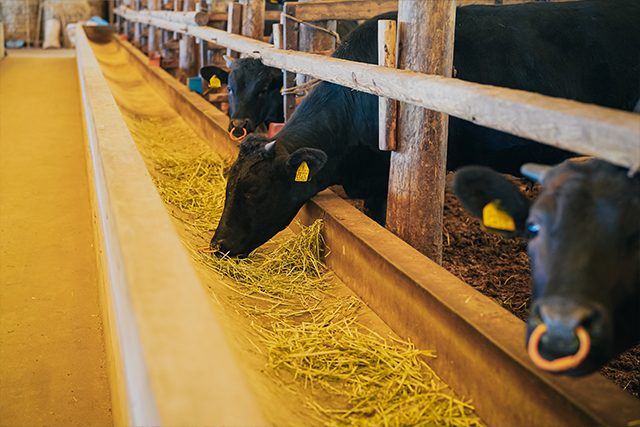
The quality of calves born in Iki is highly evaluated by fattening farmers throughout Japan, and it is not unusual for fattening farmers of famous brand cattle such as Tajima beef and Matsuzaka beef, for example, to come to Iki to purchase calves. In other words, there are not a few cases where calves born in Iki are raised outside the island and shipped as local brand beef. Not only calves, but also bulls born on Iki are highly evaluated nationwide. In the Wagyu world, in fact, elite cattle born in Iki are active.
Until “Iki beef” is shipped

What kind of process does the rare Iki beef go through before being shipped? The rough flow is as follows. First, the Iki beef calves born by artificial insemination are kept and managed as “fattening cows” at the breeding farmer. The calves are raised for 8 to 10 months at the farmer’s farm, and then go to the livestock market. Here, the calves are taken over by the fattening farmers and carefully cared for for about 20 months. Iki beef calves are raised to be well-fed and then shipped to the meat market, where they spend their time in peace and quiet without ever leaving the island.
To Umeshima Chikusan, a fattening farmer in Iki Island
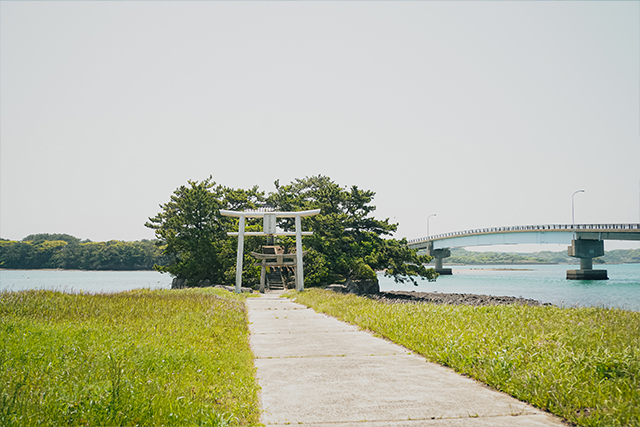
It was late April when I visited a seaside cattle barn near Kintohira Shrine on the east side of Iki Island. In the clean barn of “Umeshima Livestock Breeding,” which smelled of rice straw, the wind from the sea was blowing comfortably, and the beautiful black Iki cows were spending their time peacefully.
Umeshima Chikusan, which handles everything from fattening to restaurant management and meat sales, is run by second-generation brothers Hideaki and Kazuyuki Umeshima. About 20 years ago, they started producing “Iki Beef” as a brand name beef. My father, who was originally a breeding farmer, switched to being a fattening farmer around that time, and that is where we are today,” says Kazuyuki, the younger brother in charge of the fattening operation. Currently, 150-200 head of cattle live in the sanitary barn.
Healthy fattening environment

Kazuyuki gently watches over the cows as they leisurely eat their feed in the well-maintained barn. The rich environment of the island is nurturing the cows born and raised on Iki in good health. What the cattle are eating now is a feed called “Ichishikoku,” a special formula feed for Iki cattle that was produced at the JA Kitakyushu Kumiai Feed Fukuoka Plant about 15 years ago by members of the Iki City Agricultural Cooperative Association’s Fattening Division, who were aiming for better meat quality.
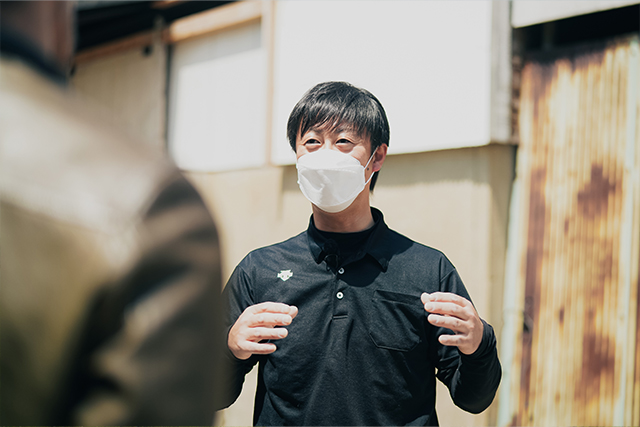
In addition to preparing the breeding environment, Kazuyuki also pays close attention to the physical condition of the cattle. He says that the second to third months after the cows are brought into the barn as calves is a particularly important period. During this period, it is essential to build up the stomachs of the calves so that they are able to eat grass-based meals, which will promote their subsequent fattening. If calves have strong stomachs when they are calves, they will be able to take in compound feed when they are in the prime of their lives and grow up to be large and healthy. Even with all the love and care that goes into raising cattle in this way, there are still some cows that die from disease. They need to be especially careful about sudden onset of illnesses.
As a fattening farmer, the most important thing is to observe the cows carefully. Cows cannot talk, but they tell us many things with their attitude. They may be sitting in an unusual place, or their heads may be slightly down… We must not miss such small signs.
The work of a fattening farmer is 365 days a year, with not a single day off. Physical strength, experience, and knowledge are essential, as well as love and passion. I love cows. It is that love that keeps me going,” smiles Kazuyuki. The Iki beef from Umeshima Livestock Breeding, for which he spends a great deal of time, effort, and love, has won many awards, including the Gold Prize at the 40th Kyushu Beef Beef Carcass Show, the Grand Prize at the 2010 Opening Memorial Meat Fair (beef carcass), and the Gold Prize at the 7th Iki City Wagyu Beef Breeding Show (beef cattle category).
To “Ajidokoro Umeshima,” a restaurant directly managed by Umeshima Chikusan
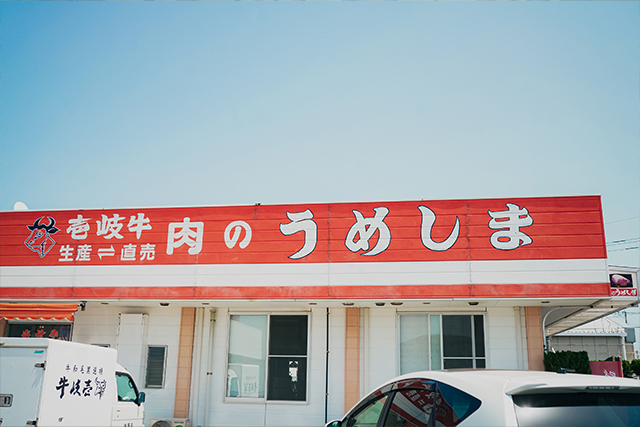
A 10-minute drive from the cattle barn. Ajijidokoro Umeshima” is directly managed by “Umeshima Livestock Breeding,” located right in front of Ashibe Port. The restaurant is popular among locals and tourists alike for its reasonably-priced dishes such as filet steak, special roast, and grilled beef, all of which are made from high-quality Iki beef, which is tender and bright red with cream-colored tannins. The restaurant also has a direct sales shop, from which Iki beef can be shipped nationwide.
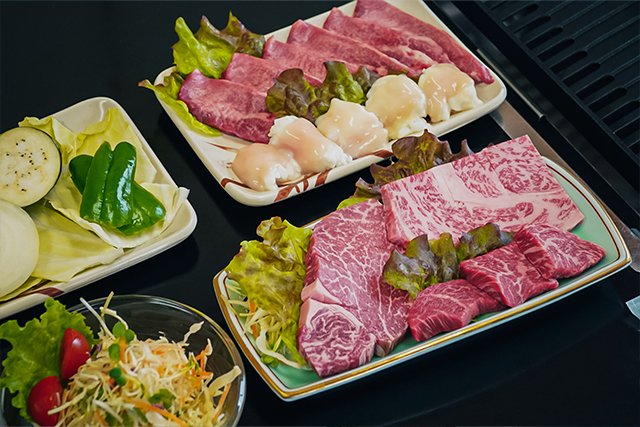
The restaurant is run by Hideaki Umeshima, the older of the Umeshima brothers. Hideaki, who aspires to be a chef, founded the restaurant to fulfill his father’s wish to “provide our customers with beef that we have raised with great care with our own hands. About 30 years ago, my father, who had just started out as a fattening farmer, participated in a cattle show for the first time and the results were not good. However, my father used the results as a springboard to say, ‘From now on, I’m going to raise high-quality cattle in Iki! He was inspired. Now, every time I hear a customer say how delicious our beef is, I remember how hopeful and strong my father was at that time,” he says. Thanks to my father and his predecessors, Iki beef is here, the culture of Iki, and our lives. I have nothing but gratitude. I am confident and proud that my younger brother is currently raising better Iki beef.
The Future of Umeshima Farm
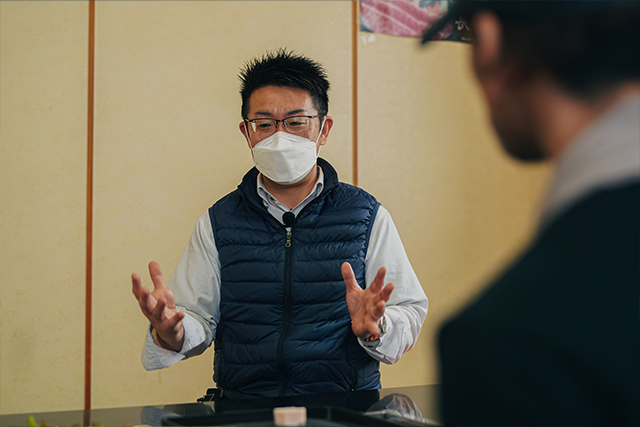
People and cattle have lived together on Iki Island since ancient times. The high-quality compost produced from Iki cattle is used for rice cultivation, and the straw from this is used to feed the cattle, once again raising healthy Iki cattle. In this way, cyclical agriculture has been practiced on the island since ancient times. Today, asparagus, one of the island’s main crops, is grown using compost from Iki cattle, and is highly regarded throughout the country. In other words, sustainable agriculture has been practiced on Iki Island for a long time, and is now evolving even further. My wish is that Iki beef will continue to be appreciated as delicious 100 years from now, and even after that. I would be happy if young people from inside and outside of the island who have hope will want to raise cattle on Iki, an island of primary industry,” says Hideaki. From his words, we could sense his generous personality and deep love for the island, born from its history as a center of cultural exchange and its blessed natural environment.



